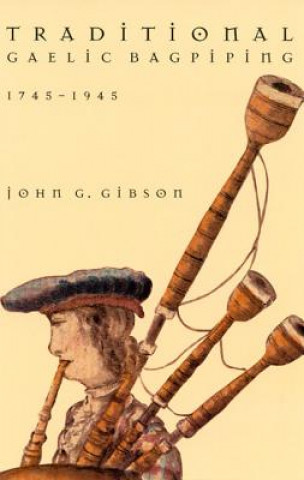
Kód: 04917862
Traditional Gaelic Bagpiping, 1745-1945
Autor John G. Gibson
The bagpipe is one of the cultural icons of Scottish highlanders, but in the twentieth century traditional Scottish Gaelic piping has all but disappeared. Few recordings were ever made of traditional pipe music and there are almos ... celý popis
- Jazyk:
 Angličtina
Angličtina - Vazba: Brožovaná
- Počet stran: 406
Nakladatelství: McGill-Queen's University Press, 2000
- Více informací o knize

1008 Kč
Dostupnost:
50 % šance Máme informaci, že by titul mohl být dostupný. Na základě vaší objednávky se ho pokusíme do 6 týdnů zajistit.
Máme informaci, že by titul mohl být dostupný. Na základě vaší objednávky se ho pokusíme do 6 týdnů zajistit.Prohledáme celý svět
Mohlo by se vám také líbit
-
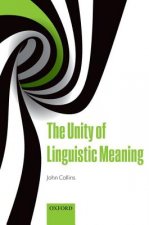
Unity of Linguistic Meaning
3122 Kč -

Prayer in the Cave of the Heart
630 Kč -

Recent Archaeology of the Early Modern Period in Quebec City: 2009
1467 Kč -

Mars
731 Kč -

Teaching Acts
273 Kč
Darujte tuto knihu ještě dnes
- Objednejte knihu a zvolte Zaslat jako dárek.
- Obratem obdržíte darovací poukaz na knihu, který můžete ihned předat obdarovanému.
- Knihu zašleme na adresu obdarovaného, o nic se nestaráte.
Informovat o naskladnění knihy
Zadejte do formuláře e-mailovou adresu a jakmile knihu naskladníme, zašleme vám o tom zprávu. Pohlídáme vše za vás.
Více informací o knize Traditional Gaelic Bagpiping, 1745-1945
Nákupem získáte 101 bodů
 Anotace knihy
Anotace knihy
The bagpipe is one of the cultural icons of Scottish highlanders, but in the twentieth century traditional Scottish Gaelic piping has all but disappeared. Few recordings were ever made of traditional pipe music and there are almost no Gaelic-speaking pipers of the old school left. Recording an important aspect of Gaelic culture before it disappears, John Gibson chronicles the decline of traditional Highland Gaelic bagpiping - and Gaelic culture as a whole - and provides examples of traditional bagpipe music that have survived in the New World. Pulling together what is known of eighteenth-century West Highland piping and pipers and relating this to the effects of changing social conditions on traditional Scottish Gaelic piping since the suppression of the last Jacobite rebellion, Gibson presents a new interpretation of the decline of Gaelic piping and a new view of Gaelic society prior to the Highland diaspora. Refuting widely accepted opinions that after Culloden pipes and pipers were effectively banned in Scotland by the Disarming Act (1746), Gibson reveals that traditional dance bagpiping continued at least to the mid-nineteenth century. He argues that the dramatic depopulation of the Highlands in the nineteenth century was one of the main reasons for the decline of piping. Following the path of Scottish emigrants, Gibson traces the history of bagpiping in the New World and uncovers examples of late eighteenth-century traditional bagpiping and dance in Gaelic Cape Breton, Nova Scotia. He argues that these anachronistic cultural forms provide a vital link to the vanished folk music and culture of the Scottish highlanders. This definitive study throws light on the ways pipers and piping contributed to social integration in the days of the clan system and on the decline in Scottish Gaelic culture following the abolition of clans. It also illuminates the cultural problems faced by all ethnic minorities assimilated into unitary multinational societies. John G. Gibson is a Scots-born writer-historian living in Judique, Cape Breton, Nova Scotia.
 Parametry knihy
Parametry knihy
Zařazení knihy Knihy v angličtině Humanities History Regional & national history
1008 Kč
- Plný název: Traditional Gaelic Bagpiping, 1745-1945
- Autor: John G. Gibson
- Jazyk:
 Angličtina
Angličtina - Vazba: Brožovaná
- Počet stran: 406
- EAN: 9780773521346
- ISBN: 0773521348
- ID: 04917862
- Nakladatelství: McGill-Queen's University Press
- Hmotnost: 590 g
- Rozměry: 226 × 149 × 25 mm
- Datum vydání: 01. November 2000
Oblíbené z jiného soudku
-

Hundred Years' War on Palestine
338 Kč -

Ten Myths About Israel
335 Kč -

Strange Death of Europe
420 Kč -

The Balkans, 1804-2012
543 Kč -
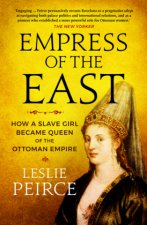
Empress of the East
357 Kč -

Diana: Her True Story - In Her Own Words
303 Kč -
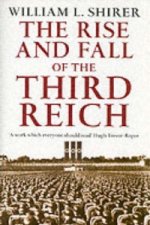
Rise And Fall Of The Third Reich
543 Kč -

Dictatorland
316 Kč -

Maurice's Strategikon
736 Kč -
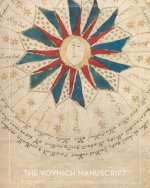
Voynich Manuscript
990 Kč -
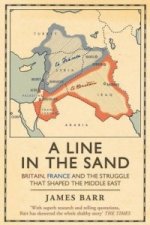
Line in the Sand
265 Kč -

Conquest of New Spain
357 Kč -

History of Venice
464 Kč -

We Were Soldiers Once...And Young
303 Kč -

Palestinian-Israeli Conflict: A Very Short Introduction
312 Kč -

Cuneiform
276 Kč -

Short History of Byzantium
464 Kč -

Great War for Civilisation
545 Kč -

Flame Trees Of Thika
303 Kč -
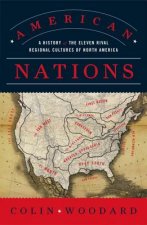
American Nations
422 Kč -

Games without Rules
450 Kč -

Battle of Britain
410 Kč -

Fortress Third Reich
653 Kč -

Brief History of the Hundred Years War
303 Kč -
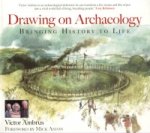
Drawing on Archaeology
602 Kč -

British Culture
1850 Kč -
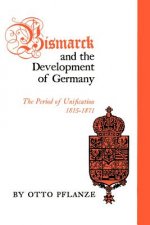
Bismarck and the Development of Germany
2473 Kč -

Setting the Desert on Fire
403 Kč -
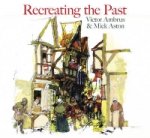
Recreating the Past
488 Kč -

Life of Anne Boleyn Colouring Book
268 Kč -

Oxford History of the Biblical World
470 Kč -

Fortress France
577 Kč -
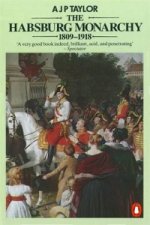
Habsburg Monarchy 1809-1918
410 Kč -

P-40 Warhawk Aces of the MTO
684 Kč -

British Destroyers 1939-45
357 Kč -

Ethnic Cleansing of Palestine
357 Kč -

Decline and Fall of the Roman Empire
130 Kč -

Palestine
545 Kč -

The Secret Diaries Of Miss Anne Lister: Vol. 1
304 Kč -

Giza Power Plant
365 Kč -
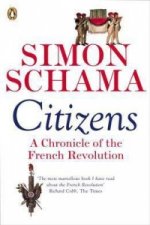
Citizens
543 Kč -

Millennium
368 Kč -
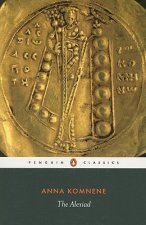
Alexiad
423 Kč -

Heraclius, Emperor of Byzantium
774 Kč -

Last Voyage of the Lusitania
487 Kč -

1948
631 Kč -
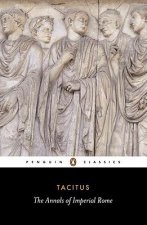
Annals of Imperial Rome
357 Kč -

Strike and Hold
703 Kč -

Moshe Dayan
675 Kč
Osobní odběr Praha, Brno a 12903 dalších
Copyright ©2008-24 nejlevnejsi-knihy.cz Všechna práva vyhrazenaSoukromíCookies


 Vrácení do měsíce
Vrácení do měsíce 571 999 099 (8-15.30h)
571 999 099 (8-15.30h)